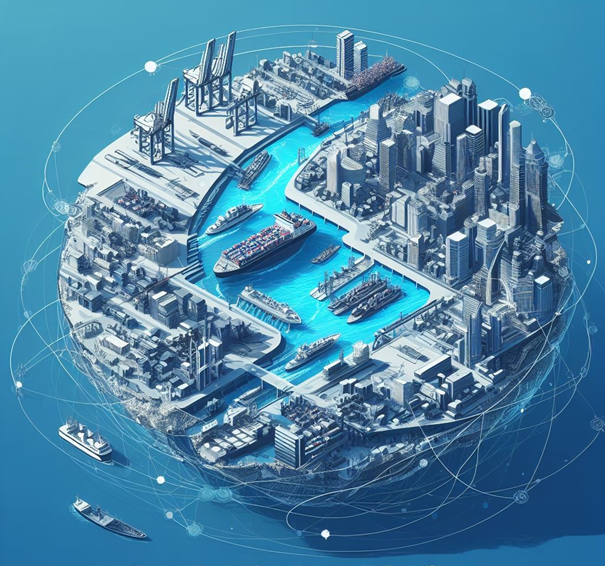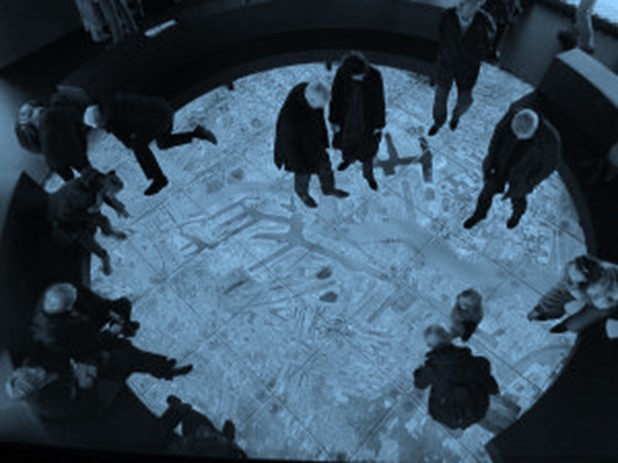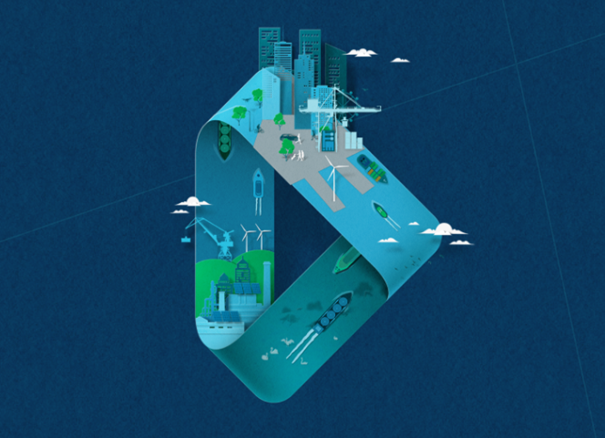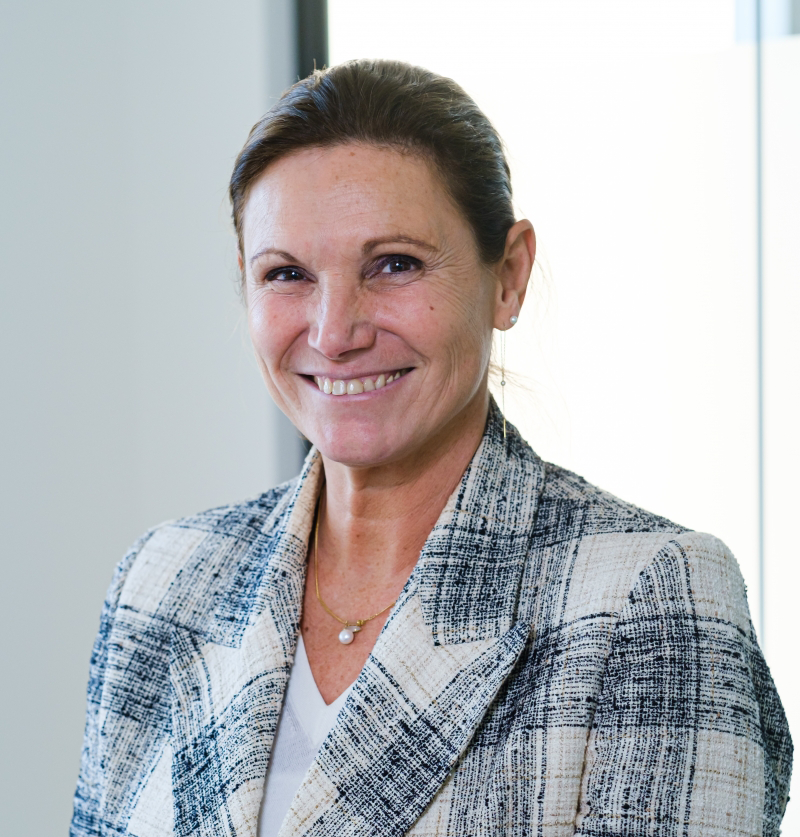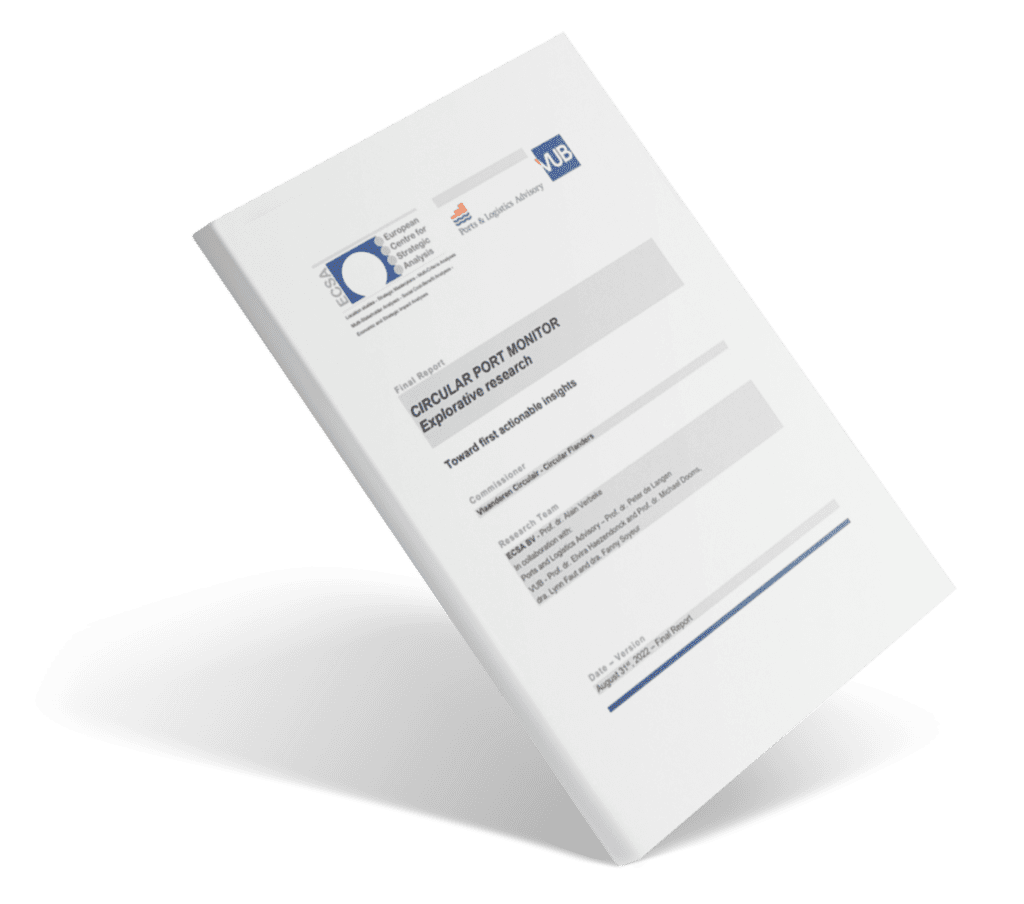The current momentum around circular economy monitoring and the evolving role of Port Authorities (PAs) in sustainability reporting is an excellent opportunity to clarify the direction in which this should be integrated into port performance systems. This is the time to establish the right framework and context to evolve towards a mature and integrated circular economy monitoring system in ports. This theme focuses not only on clarifying the challenge or simply gaining insights, but also on making these insights actionable.
Introducing the theme
Performance is a broad concept that covers almost any objective of operational management and competitive excellence of a company or organization and its activities. In the case of ports, due to the complexity of the modern port product, each actor (authorities, operators and stakeholders) is engaged in a multi-faceted examination of different performance measurements.
The quest for performance measurement has always been a key issue for ports. Port managers need to organise complex processes efficiently and effectively to find the best ways of delivering value to their customers and addressing stakeholder concerns. Efficiency has been identified as ‘doing things right’, while effectiveness is ‘doing the right things’. Taken together, both components of port performance also provide government policy makers with essential feedback for assessing the governance structure of ports in meeting strategic objectives.
Navigating the circular transition
“Ports are at the crossroads of transitions and changing realities” is the headline of a report by Deloitte and ESPO (2021). Large-scale socio-economic change comes from better cross-sectoral collaboration, rather than isolated actions by individual actors.
The shift to collective impact for a circular economy (CE) is not just a matter of encouraging more collaboration or partnerships. It also requires a fundamentally different, more disciplined and more powerful approach to demonstrate real progress towards common goals.
Ports, and more specifically Port Authorities (PAs), are expected to share responsibility for making the circular economy work. Monitoring and evaluation should be used for both transparency and accountability. Ambition can be raised by talking not only about learning, but also about improvement and impact, so that learning is used to drive real change.
If not now, when?
Europe’s transition to a more circular economy is a systemic, complex and evolutionary process. In the overall context of the Circular Economy Action Plan, the European Commission and Eurostat have established a European Circular Economy Monitoring Framework focusing on aspects of the circular economy related to resource use and waste management. A richer and more complete monitoring framework not only facilitates a better understanding of the circular economy, but also aims to track the progress made and identify where more work is needed to achieve this transition.
In 2021, Circular Flanders launched a Circular Economy Monitor to observe the maturity of the circular economy in Flanders and the speed at which it is progressing. The Circular Economy Monitor is the first version of a work in progress. The researchers at the CE Centre will gradually fill data gaps through further research. The link with the strategic policy agendas also needs to be further developed, so that policy measures can be linked to concrete indicators in the monitor. Circular Flanders and the CE Centre will therefore continue to invest in further extensions, updates and adaptations of the Monitor in the coming years.
At the same time, a new Flemish Port Strategy 2030 has been operationalised through the development of Key Performance Indicators (KPIs), while individual Flemish ports are gradually adopting circular strategies and activities. Once ports have defined their strategies, setting targets supported by appropriate indicators is a logical next step.
While ports have only recently started to focus on the circular economy, there are relevant initiatives in the international port sector to connect with or learn from. EcoPorts, for example, is the main environmental initiative of the European port sector. Launched in 1997, it has been fully integrated into the European European Sea Port Organisation (ESPO) since 2011.
The Global Reporting Initiative (GRI), on the other hand, envisions a sustainable future enabled by transparency and open dialogue about impacts. The GRI was also launched in 1997. In 2016, it set the standards for sustainability reporting, which have been adopted by major seaports. More recently, the International Association of Ports and Harbours (IAPH) launched the World Port Sustainability Program (WPSP), which builds on the World Ports Climate Action Program (WACAP) launched in 2008.
In 2022, the European Parliament also adopted the new Corporate Sustainability Reporting Directive (CSRD, 2022), which extends the scope of environmental, social and governance reporting to improve the quality of reporting within a common reporting framework. This means that all listed companies will be required to disclose their environmental and social impacts throughout their value chain. The aim of the CSRD is also to begin to reorient companies to ensure that investment is directed towards more sustainable technologies and businesses.
Limited research and experience on circular indicators for ports
Some previous research contributions and port-related papers already mention a number of indicators, varying between ports or cases and based on, among other things, data availability, willingness to communicate about it, specific projects they want to highlight, etc.
However, from a port competitiveness perspective, ports should develop competitive advantages in the circular economy and benchmark themselves against their competitors. A common set of relevant circular indicators with the potential to raise the circular ambitions of ports will allow for baseline, follow-up and benchmarking analysis. These circular indicators would also support the possibility to aggregate information across ports and show their collective efforts for society in this transition.

